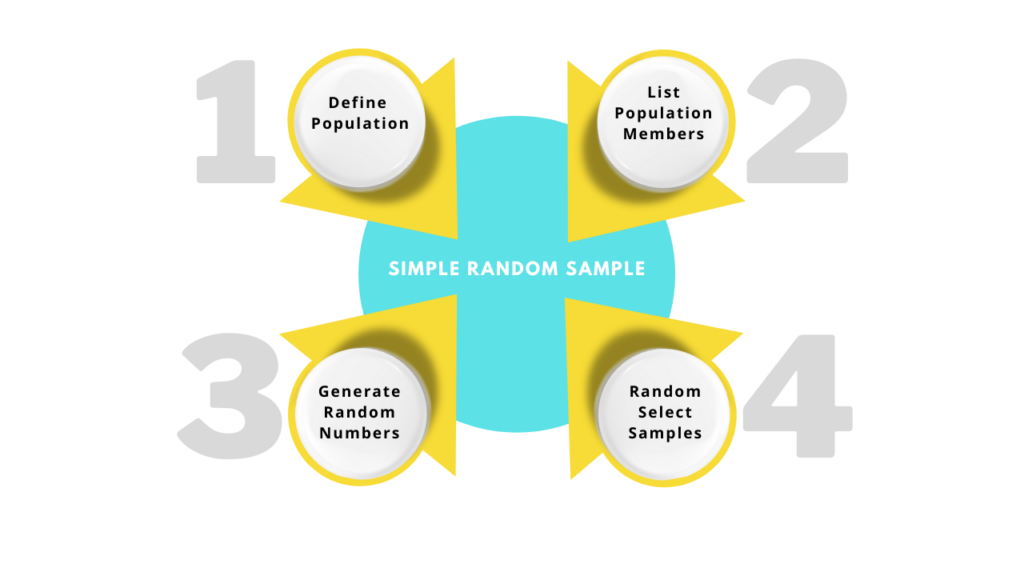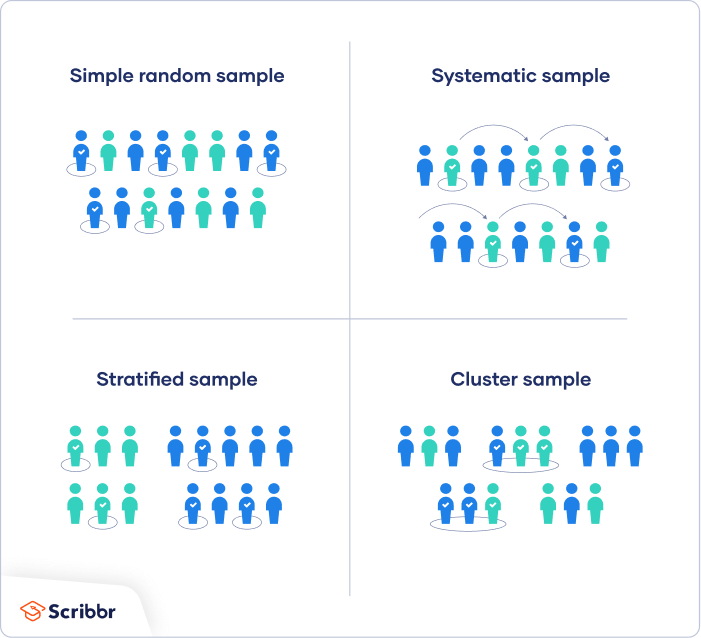

Consequently, stratified sampling would be preferred.

In contrast, if the question of interest is "Do you agree or disagree that weather affects your performance during an athletic event?" The answer to this question would probably be influenced by whether or not the sport is played outside or inside. For instance, consider the question "Do you agree or disagree that you receive adequate attention from the team of doctors at the Sports Medicine Clinic when injured?" The answer to this question would probably not be team dependent, so cluster sampling would be fine. It would depend on what questions are being asked.

Additionally, the statistical analysis used with cluster sampling is not only different but also more complicated than that used with stratified sampling. It is important to note that, unlike with the strata in stratified sampling, the clusters should be microcosms, rather than subsections, of the population.

obtain data on every sampling unit in each of the randomly selected clusters.obtain a simple random sample of so many clusters from all possible clusters.divide the population into groups (clusters).(Eastern, Central, Mountain, Pacific)ġ1 different elementary schools in the local school districtĢ0 students from each of the 11 elementary schoolsĬluster Sampling is very different from Stratified Sampling. Examples of Stratified SamplesĪll elementary students in the local school districtĤ Time Zones in the U.S. Table 2.2 shows some examples of ways to obtain a stratified sample. Under these conditions, stratification generally produces more precise estimates of the population percents than estimates that would be found from a simple random sample. Stratified sampling works best when a heterogeneous population is split into fairly homogeneous groups. collect data on each sampling unit that was randomly sampled from each group (stratum).obtain a simple random sample from each group (stratum).partition the population into groups (strata).Stratified Sampling is possible when it makes sense to partition the population into groups based on a factor that may influence the variable that is being measured. Of the five methods listed above, students have the most trouble distinguishing between stratified sampling and cluster sampling. Multistage Sampling (in which some of the methods above are combined in stages).The following sampling methods are examples of probability sampling: In probability sampling, it is possible to both determine which sampling units belong to which sample and the probability that each sample will be selected.


 0 kommentar(er)
0 kommentar(er)
